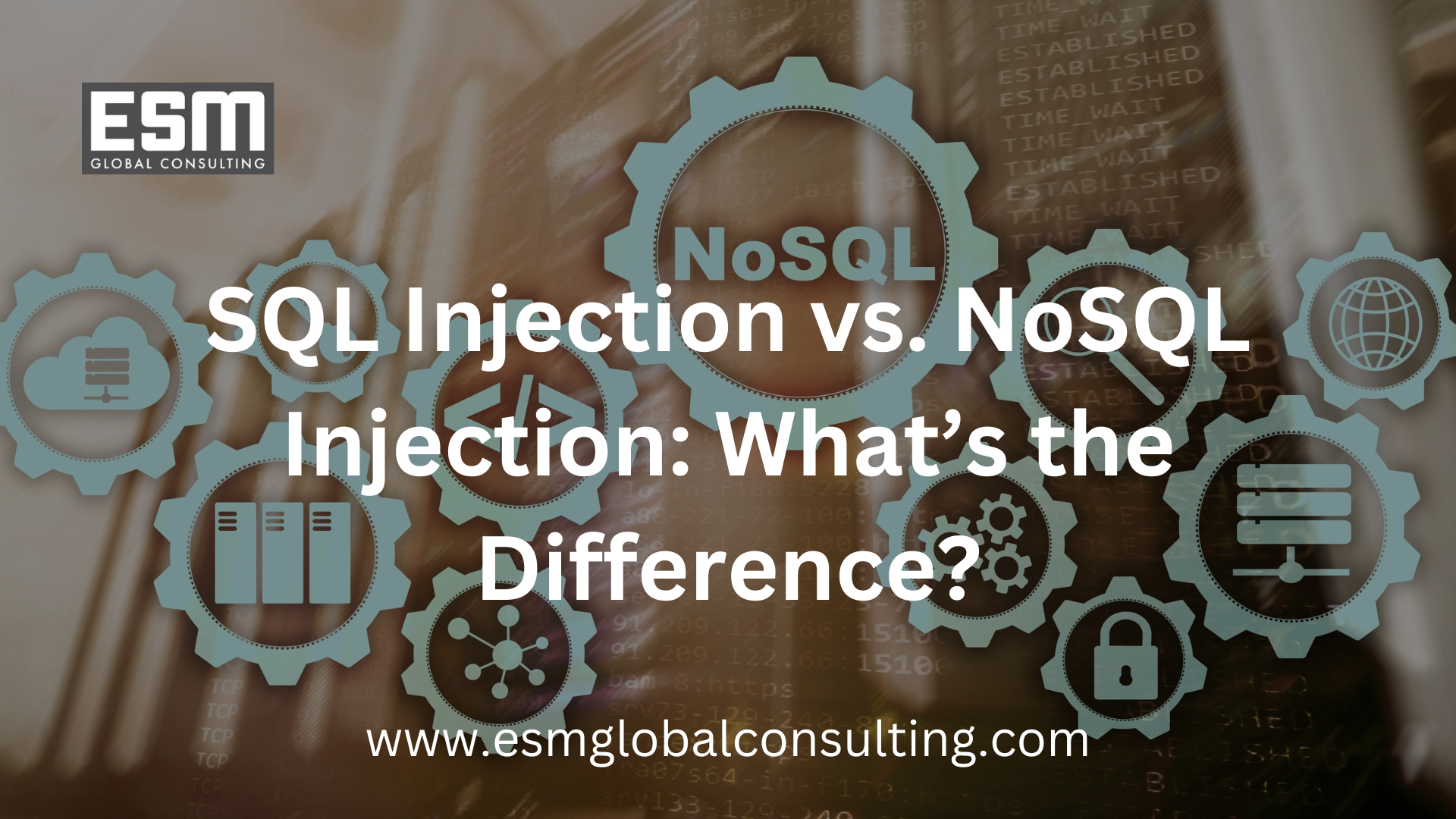SQL Injection vs. NoSQL Injection: What’s the Difference?
APIs have become the lifeblood of modern applications, seamlessly connecting users, systems, and databases. But as API usage grows, so does the risk of vulnerabilities like SQL injection (SQLi) and its counterpart, NoSQL injection. Understanding the differences between these threats is crucial for securing your applications, especially in the cloud-driven, API-first world.
What is SQL Injection (SQLi)?
SQL injection is an attack that targets relational databases like MySQL, PostgreSQL, and Microsoft SQL Server. It occurs when an application improperly handles user input, allowing malicious SQL statements to be executed.
Example Scenario: A login endpoint might use a vulnerable query like:
SELECT * FROM users WHERE username = '$username' AND password = '$password';
An attacker could input:Username:
admin' --Password:
anything
This transforms the query into:
SELECT * FROM users WHERE username = 'admin' --' AND password = 'anything';
The -- comments out the password check, granting unauthorized access.
What is NoSQL Injection?
NoSQL injection is a similar attack but targets NoSQL databases like MongoDB, CouchDB, or Firebase. These databases, often used for their scalability and flexibility, rely on different query structures. Instead of SQL statements, they typically use JSON-like queries, which introduces a unique attack vector.
Example Scenario: A vulnerable MongoDB query might look like:
db.users.find({ username: input.username, password: input.password });
An attacker could input:Username:
{ "$ne": null }Password:
anything
This query becomes:
db.users.find({ username: { "$ne": null }, password: "anything" });
The $ne operator means "not equal to," bypassing the password check and returning all users.Key Differences Between SQLi and NoSQL Injection
Aspect SQL Injection NoSQL Injection Database Type Relational (MySQL, MSSQL, PostgreSQL) NoSQL (MongoDB, Firebase, CouchDB) Query Language SQL JSON-like or proprietary query languages Attack Vector Manipulating SQL statements Manipulating JSON queries or operators Payload Style ' OR 1=1 -- { "$ne": null } Primary Focus Exploiting structure of SQL queries Exploiting flexibility of NoSQL query syntax
Why NoSQL Injection is Gaining Traction
Popularity of NoSQL Databases
With the rise of scalable, schema-less NoSQL databases for handling big data and real-time applications, attackers have shifted their focus to exploit these systems.Assumption of Security
Many developers assume NoSQL databases are inherently secure, leading to complacency in input validation.Lack of Awareness
Security practices for NoSQL are less established compared to SQL, giving attackers a broader playground.
How to Prevent SQLi and NoSQL Injection
1. Input Validation and Sanitization
Validate all user inputs to ensure they meet expected formats. Reject or escape characters like quotes, braces, and operators.
2. Use Parameterized Queries
SQL Example (MySQL):
cursor.execute("SELECT * FROM users WHERE username = %s AND password = %s", (username, password))
NoSQL Example (MongoDB):
db.users.find({ username: sanitize(input.username), password: sanitize(input.password) });
3. Implement Authentication and Authorization
Protect sensitive endpoints with strict authentication measures and role-based access control (RBAC).
4. Use Security Libraries
For SQL, use ORMs like Hibernate or Sequelize to abstract raw queries. For NoSQL, use tools that sanitize input automatically.
5. Monitor and Log Requests
Use tools like WAFs (Web Application Firewalls) to detect and block suspicious patterns in SQL or NoSQL queries.
6. Regular Vulnerability Assessments
Conduct frequent security audits to identify and patch vulnerabilities before attackers can exploit them.
Real-World Breaches: SQLi vs. NoSQL Injection
SQL Injection Case: Sony Pictures (2014)
Attackers exploited a SQLi vulnerability to access sensitive employee data and unreleased films. The breach highlighted how poorly sanitized inputs can devastate relational databases.
NoSQL Injection Case: Tesla Elasticsearch Breach (2018)
Misconfigured NoSQL databases exposed Tesla’s internal data, demonstrating how improper access controls and lack of query sanitization make NoSQL systems vulnerable.
Conclusion
While SQL injection has been a known threat for decades, NoSQL injection is gaining momentum as modern applications adopt NoSQL databases. Both attacks share a common foundation: exploiting poorly secured queries. In 2025 and beyond, as APIs continue to dominate the tech landscape, understanding and mitigating these threats is non-negotiable.
Stay Secure with ESM Global Consulting
At ESM Global Consulting, we specialize in securing relational and NoSQL databases, ensuring your APIs are safe from SQL and NoSQL injection attacks.
Contact us today to fortify your defenses and protect your data in a cloud-first world!


